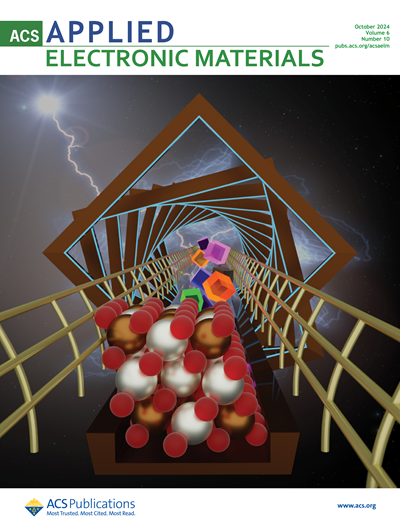Mechanical evaluation of elastomeric thermoplastic polyurethane additively manufactured triply periodic minimal surface area lattice structures for adjustable cushioning properties
IF 4.7
3区 材料科学
Q1 ENGINEERING, ELECTRICAL & ELECTRONIC
引用次数: 0
Abstract
Purpose Cushioning is a useful material property applicable for a range of applications from medical devices to personal protective equipment. The current ability to apply cushioning in a product context is limited by the appropriateness of available materials, with polyurethane foams being the current gold standard material. The purpose of this study is to investigate additively manufactured flexible printing of scaffold structures as an alternative. Design/methodology/approach In this study, this study investigates triply periodic minimal surface (TPMS) structures, including Gyroid, Diamond and Schwarz P formed in thermoplastic polyurethane (TPU), as a possible alternative. Each TPMS structure was fabricated using material extrusion additive manufacturing and evaluated to ASTM mechanical testing standard for polymers. This study focuses attention to TPMS structures fabricated for a fixed unit cell size of 10 mm and examine the compressive properties for changes in the scaffold porosity for samples fabricated in TPU with a shore hardness of 63A and 90A. Findings It was discovered that for increased porosity there was a measured reduction in the load required to deform the scaffold. Additionally, a complex relationship between the shore hardness and the stiffness of a structure. It was highlighted that through the adjustment of porosity, the compressive strength required to deform the scaffolds to a point of densification could be controlled and predicted with high repeatability. Originality/value The results indicate the ability to tailor the scaffold design parameters using both 63A and 90A TPU material, to mimic the loading properties of common polyurethane foams. The use of these structures indicates a next generation of tailored cushioning using additive manufacturing techniques by tailoring both geometry and porosity to loading and compressive strengths.对用于调节缓冲性能的弹性热塑性聚氨酯添加剂三周期最小表面积晶格结构进行机械评估
用途缓冲是一种有用的材料特性,适用于从医疗设备到个人防护设备的各种应用。目前在产品中应用缓冲的能力受到现有材料的限制,聚氨酯泡沫是目前的黄金标准材料。设计/方法/途径在本研究中,本研究调查了三重周期性最小表面(TPMS)结构,包括在热塑性聚氨酯(TPU)中形成的 Gyroid、Diamond 和 Schwarz P,作为一种可能的替代方案。每种 TPMS 结构都是利用材料挤压增材制造而成,并按照 ASTM 聚合物机械测试标准进行了评估。本研究的重点是以 10 毫米的固定单元尺寸制造 TPMS 结构,并检查用邵氏硬度为 63A 和 90A 的热塑性聚氨酯制造的样品在支架孔隙率发生变化时的抗压性能。此外,邵氏硬度与结构刚度之间存在复杂的关系。结果表明,使用 63A 和 90A 热塑性聚氨酯材料可以定制支架设计参数,从而模拟普通聚氨酯泡沫的负载特性。这些结构的使用表明,通过根据负载和抗压强度调整几何形状和孔隙率,可利用增材制造技术实现下一代定制缓冲。
本文章由计算机程序翻译,如有差异,请以英文原文为准。
求助全文
约1分钟内获得全文
求助全文
来源期刊

ACS Applied Electronic Materials
Multiple-
CiteScore
7.20
自引率
4.30%
发文量
567
期刊介绍:
ACS Applied Electronic Materials is an interdisciplinary journal publishing original research covering all aspects of electronic materials. The journal is devoted to reports of new and original experimental and theoretical research of an applied nature that integrate knowledge in the areas of materials science, engineering, optics, physics, and chemistry into important applications of electronic materials. Sample research topics that span the journal's scope are inorganic, organic, ionic and polymeric materials with properties that include conducting, semiconducting, superconducting, insulating, dielectric, magnetic, optoelectronic, piezoelectric, ferroelectric and thermoelectric.
Indexed/Abstracted:
Web of Science SCIE
Scopus
CAS
INSPEC
Portico
 求助内容:
求助内容: 应助结果提醒方式:
应助结果提醒方式:


